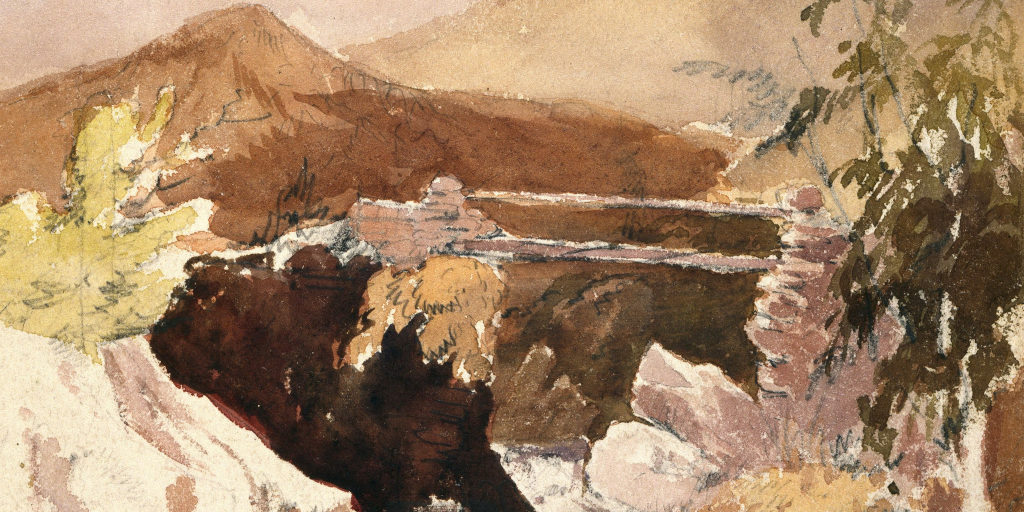Il Ponte di Veja is our beloved rock bridge, who doesn’t know it by now?
It has stood there, in that place that is now part of the territory of Sant’Anna d’Alfaedo, for countless years.
It has seen generations of modern-day explorers pass by, looking for some clue about the legends it has always kept.
He has gone through the centuries, wars and natural disasters have overwhelmed him, but he has always remained standing.
The atmospheric agents over the millennia have changed it, once it was part of an immense cave where our ancestors hunted, sheltered and perhaps lived.
But he is still there, a sentinel of the past and of our age.
It must have been this majestic and mythological nature of his that inspired some artists of the past and present.
Here is the first, his verses should immediately reveal who it is:
«Luogo è in inferno detto Malebolge,
tutto di pietra di color ferrigno,
come la cerchia che dintorno il volge.
Nel dritto mezzo del campo maligno
vaneggia un pozzo assai largo e profondo,
di cui suo loco dicerò l’ordigno.
Quel cinghio che rimane adunque è tondo
tra ‘l pozzo e ‘l piè de l’alta ripa dura,
e ha distinto in dieci valli il fondo.
Quale, dove per guardia de le mura
più e più fossi cingon li castelli,
la parte dove son rende figura,
tale imagine quivi facean quelli;
e come a tai fortezze da’ lor sogli
a la ripa di fuor son ponticelli,
così da imo de la roccia scogli
movien che ricidien li argini e ‘ fossi
infino al pozzo che i tronca e raccogli.»
He is the great poet Dante Alighieri, to whom a centuries-old oak was also dedicated.
A plaque nailed into the wood tells of his exile and the inspiration that the Veja Bridge seems to have favored him for the drafting of the Malebolgia, the description of the terrible eighth circle of hell.
If it makes you a bit kind to hear about the Veja Bridge as an inspiring muse of demonic landscapes, then watch this movie.
At minute 1:10 look at the top left, you will see something familiar.
Andrea Mantegna, a Mantuan painter and engraver at the turn of the thirteenth and fourteenth centuries was also struck by such majesty.
His tribute to the bridge, however, turned into something completely different from Dante’s work.
The immense arch appears against the background of one of his most famous paintings: the bride and groom’s room, which the video above shows you in all its magnificence.
Even modern artists, as we have told you in this article, have shot their clips near the Veja Bridge, which therefore continues to stimulate muses even in our time.








